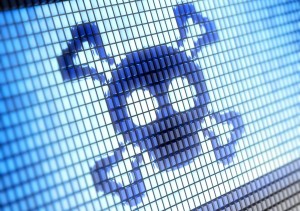10 Aug 2013
- Keep software updated - One of the simplest methods of computer security is NOT clicking the “Remind me later” button when your computer asks if you would
 like to update your software. CyberLogic explains the three common update types, including bug fixes, security patches, and product improvements, in addition to why each type of update is important to your computer’s security.
like to update your software. CyberLogic explains the three common update types, including bug fixes, security patches, and product improvements, in addition to why each type of update is important to your computer’s security. - Download anti-virus and malware protection- Microsoft reports that your computer is 5.5 times more likely to be infected by Malware without additional protection. Everyone thinks it won’t happen to them—but then it does. Your first line of defense is your computer’s firewall—make sure it is enabled. But what happens, when a virus or malware get past the wall? A second line of defense is highly recommended.
- Use strong passwords -Yahoo! Finance summarized a study from Deloitte, which reported that over 90% of user-generated passwords are susceptible to hacking, including passwords that follow the industry standard suggestions of making a password over 8 characters long, with a mix of numbers, symbols, and upper and lowercase letters. Check out Microsoft’s guide for creating a secure password.
- Back up the organization’s files - Hackers, viruses, and malware are not the only threats to your organization’s data. A fried hard drive or damaged server could destroy every piece of data ever collected, crippling your organization. In 2013, Carbonite funded a survey of over 1,000 small businesses, where 45% of responders reported data loss, of that 54% found hardware failure was the problem. Read the full press release on SpiceWorks. External hard drives or a cloud hosting service is highly recommended, along with regularly scheduled backups of critical data.
- Encrypt personally identifiable information (PII) - PII is sensitive data, which includes a person’s name associated with their Social Security Number (SSN), credit card information, bank information, date of birth, or other identifying information that could compromise an individual. Most operating systems, such as Windows and Macintosh have built-in whole drive and individual file encryption capabilities. The Ponemon Institute reported averages costs in the $30-40 thousand-plus range for stolen laptops and that encryption can reduce this cost by over $20 thousand.




